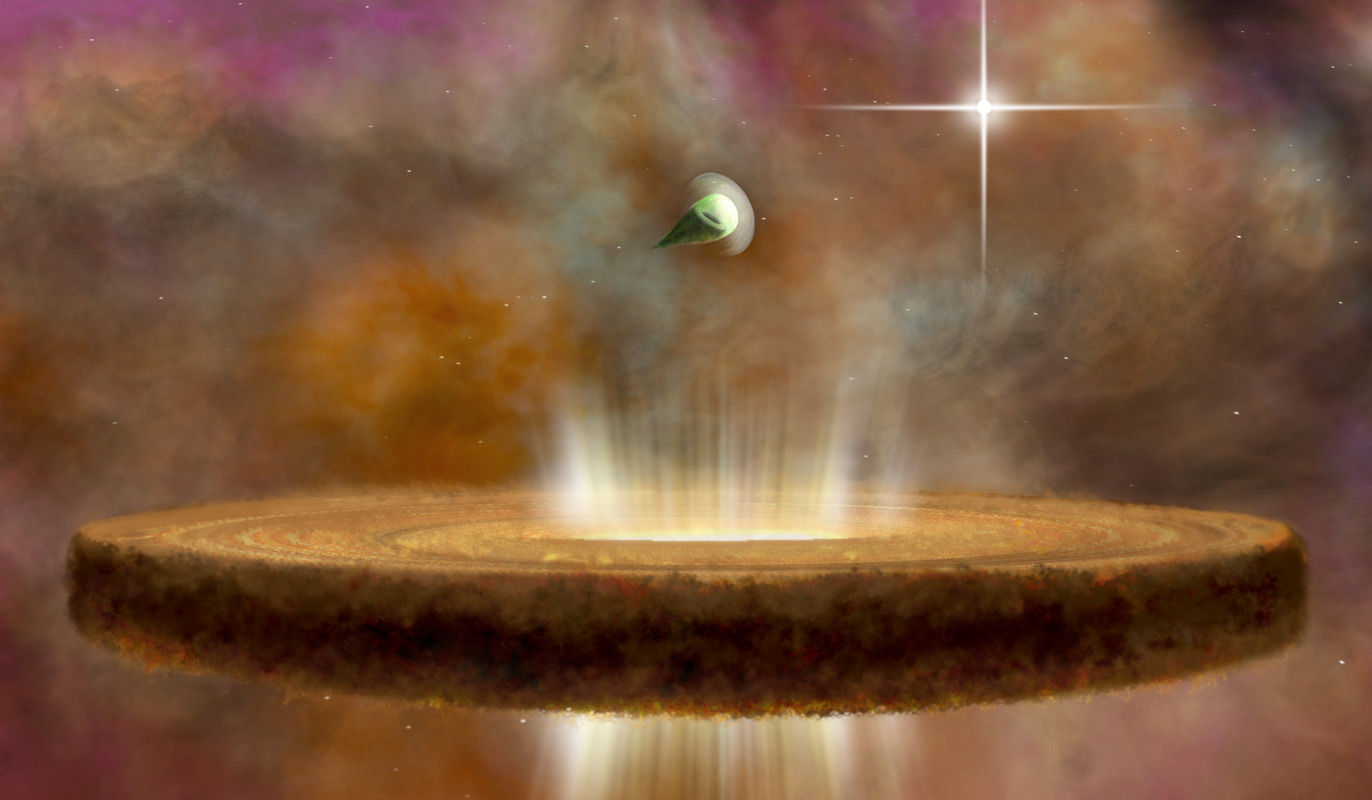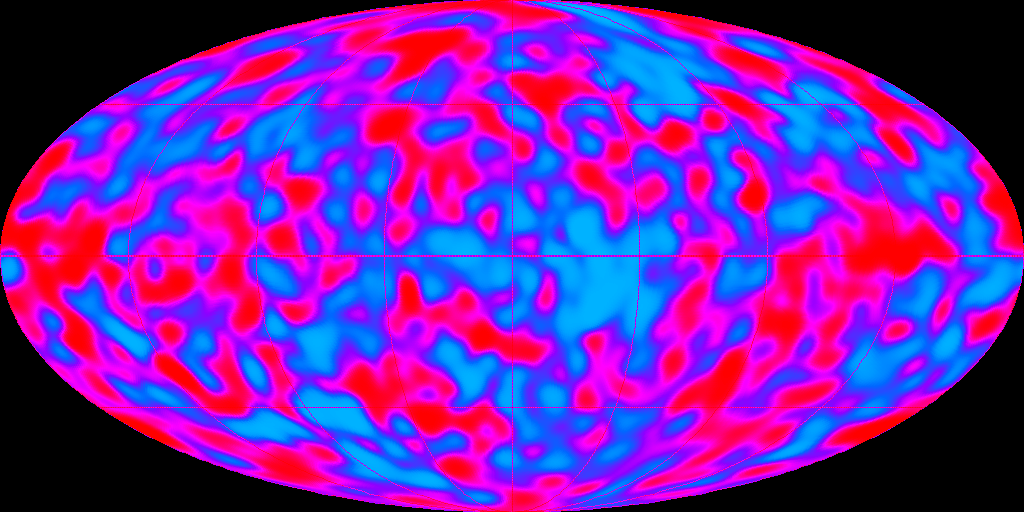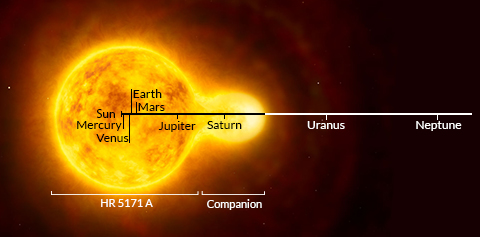There are hundreds of young stars and protostars that are found in the Orion Nebula. For many of these stars, the material around them will eventually form planets.
Sun-like stars are often born in crowded stellar nurseries like the Orion Nebula. Over millions of years, dust and pockets of gas collect and form into larger, denser bodies. Many will grow into star systems with orbiting planets. However, not all stars have planets, and new research shows one reason why this is true.
For the first time, evidence has been found that protoplanetary disks vanished under the intense glow of a nearby massive star. A new study shows that other stars will have all of their planet-forming dust and gas blasted away by “Death Stars”.
The types of stars are knows as O-type stars.These O-type stars that are hundreds of times more luminous than our Sun, reduce nearby protoplanetary disks. They heat up the gas which breaks it up, and it is swept away, only leaving behind a fraction of the material necessary to create a planet the size of Jupiter
Sources:
https://public.nrao.edu/news/pressreleases/death-stars-in-orion
http://www.universetoday.com/110271/death-stars-caught-blasting-proto-planets/




